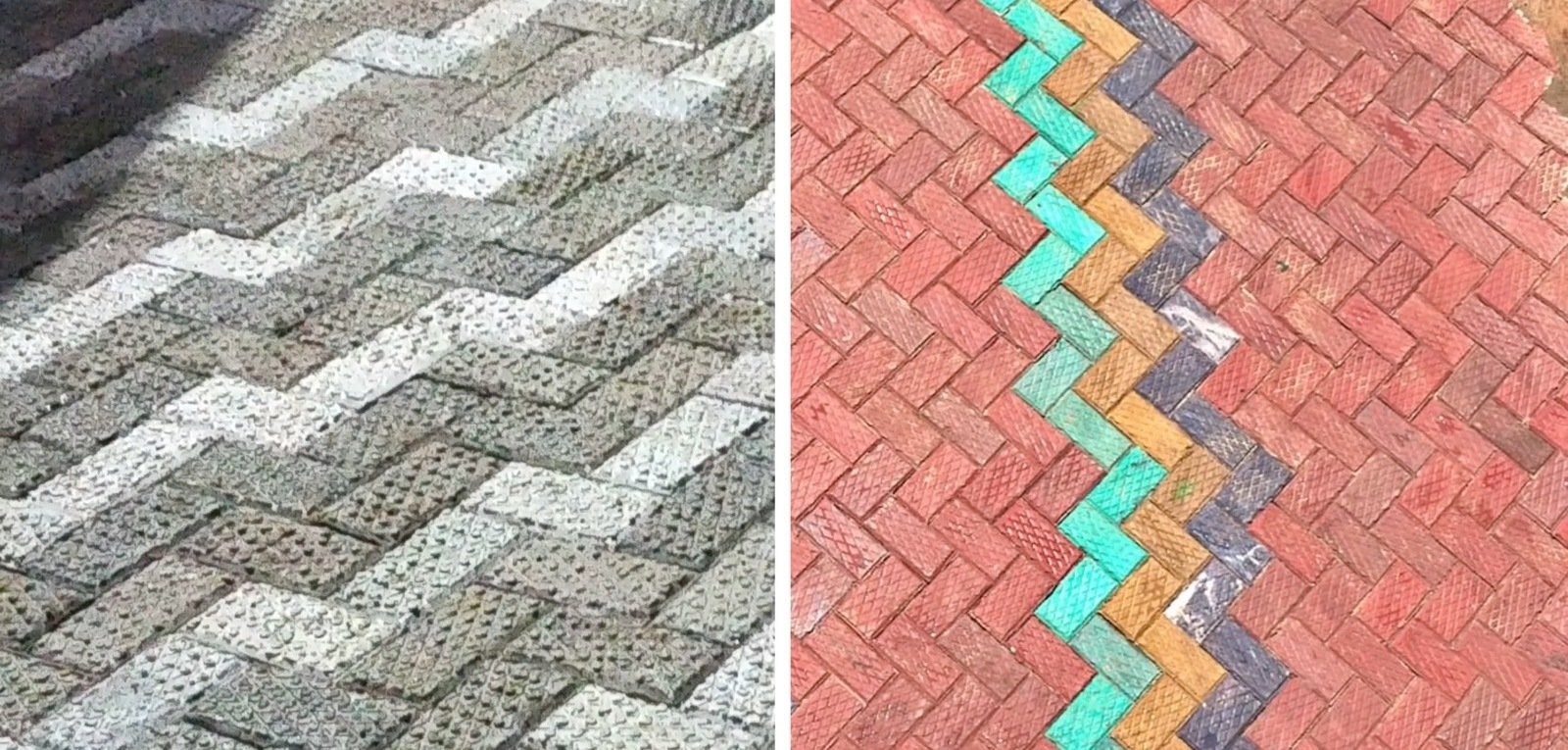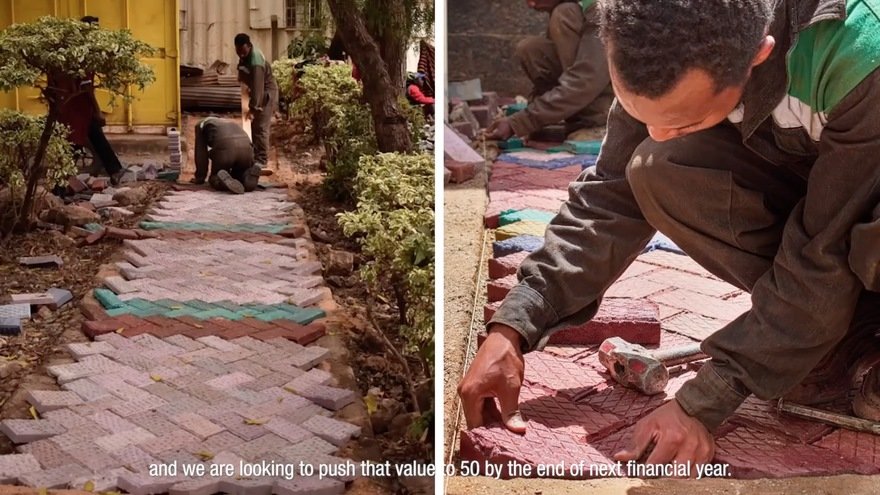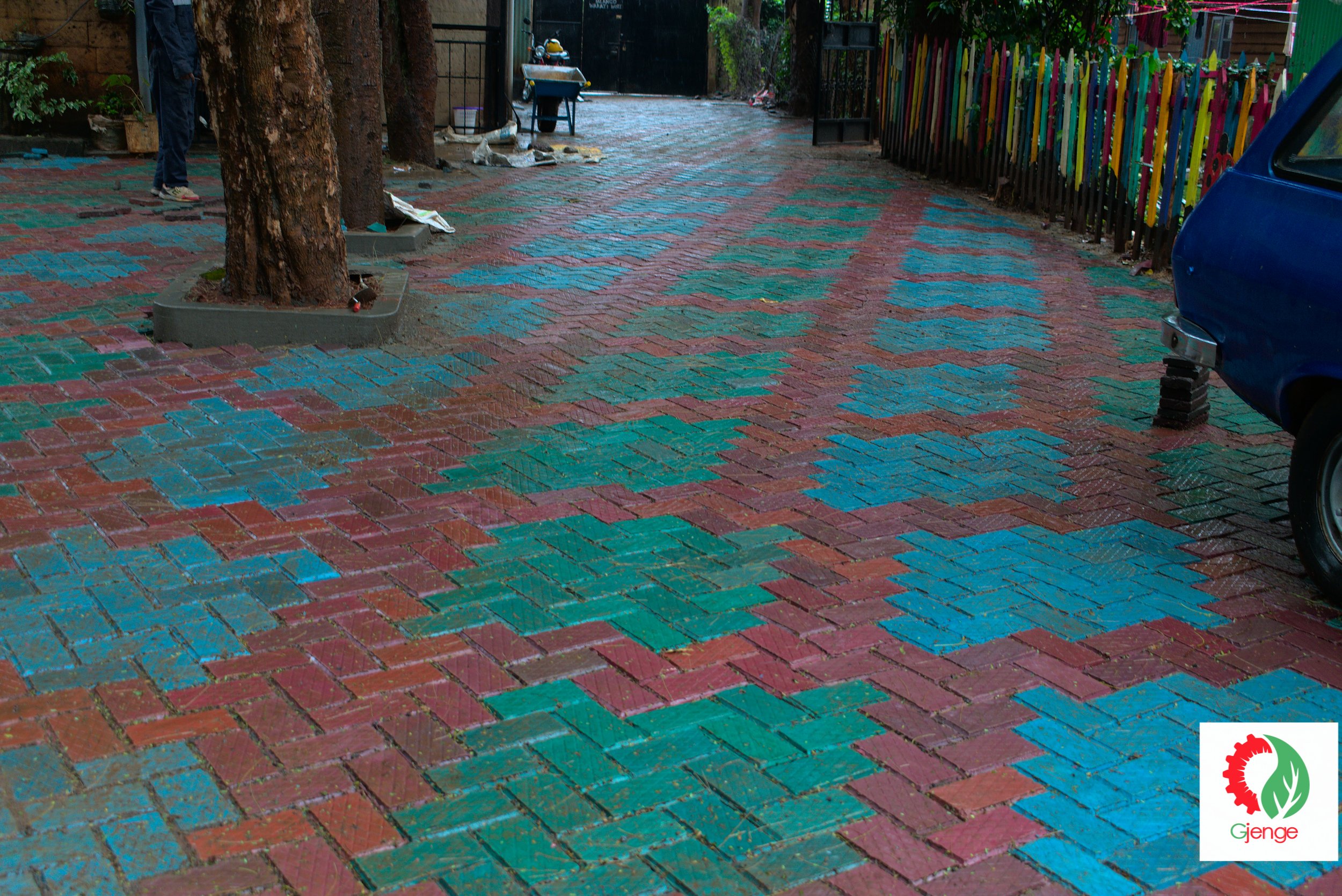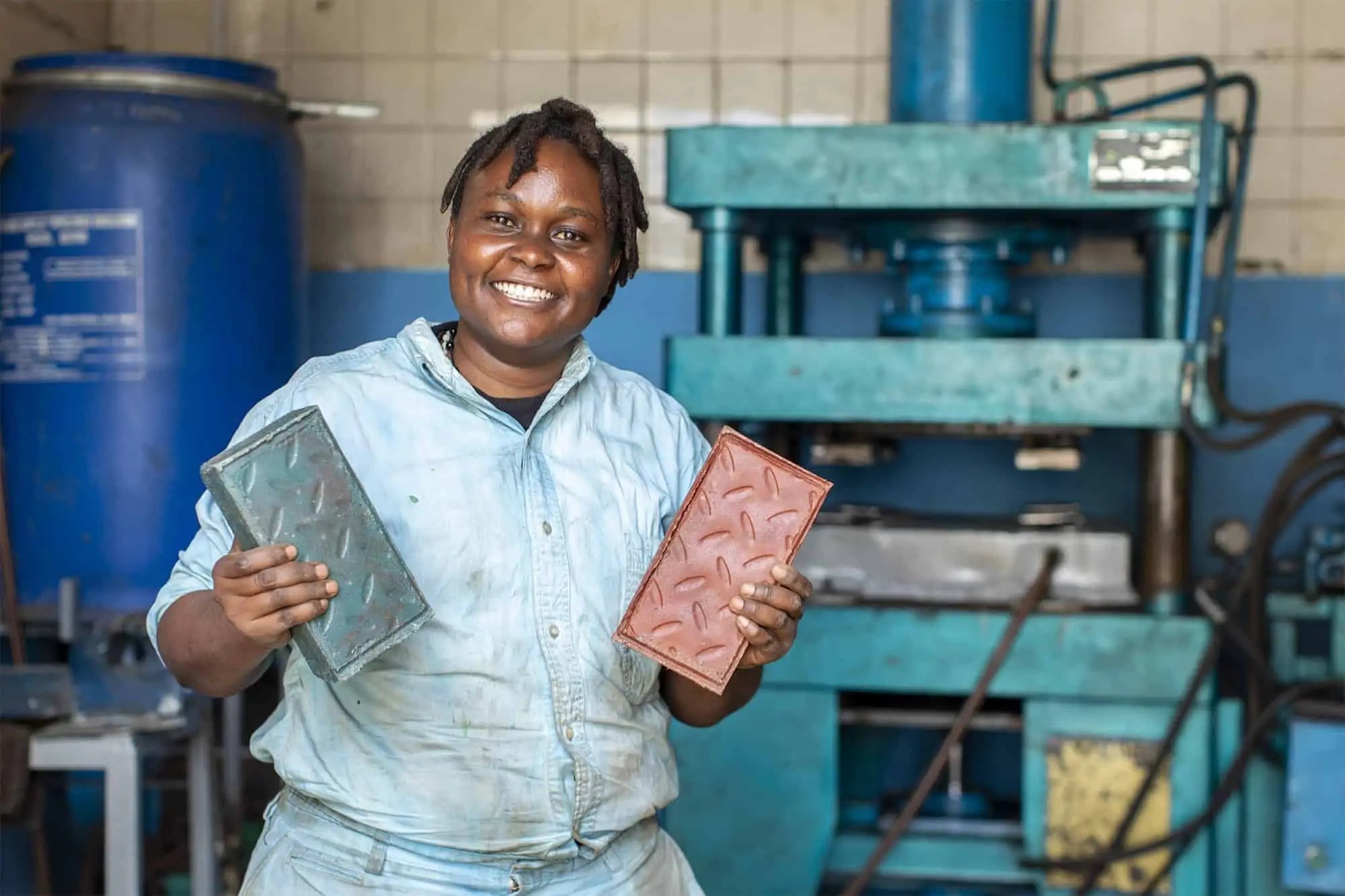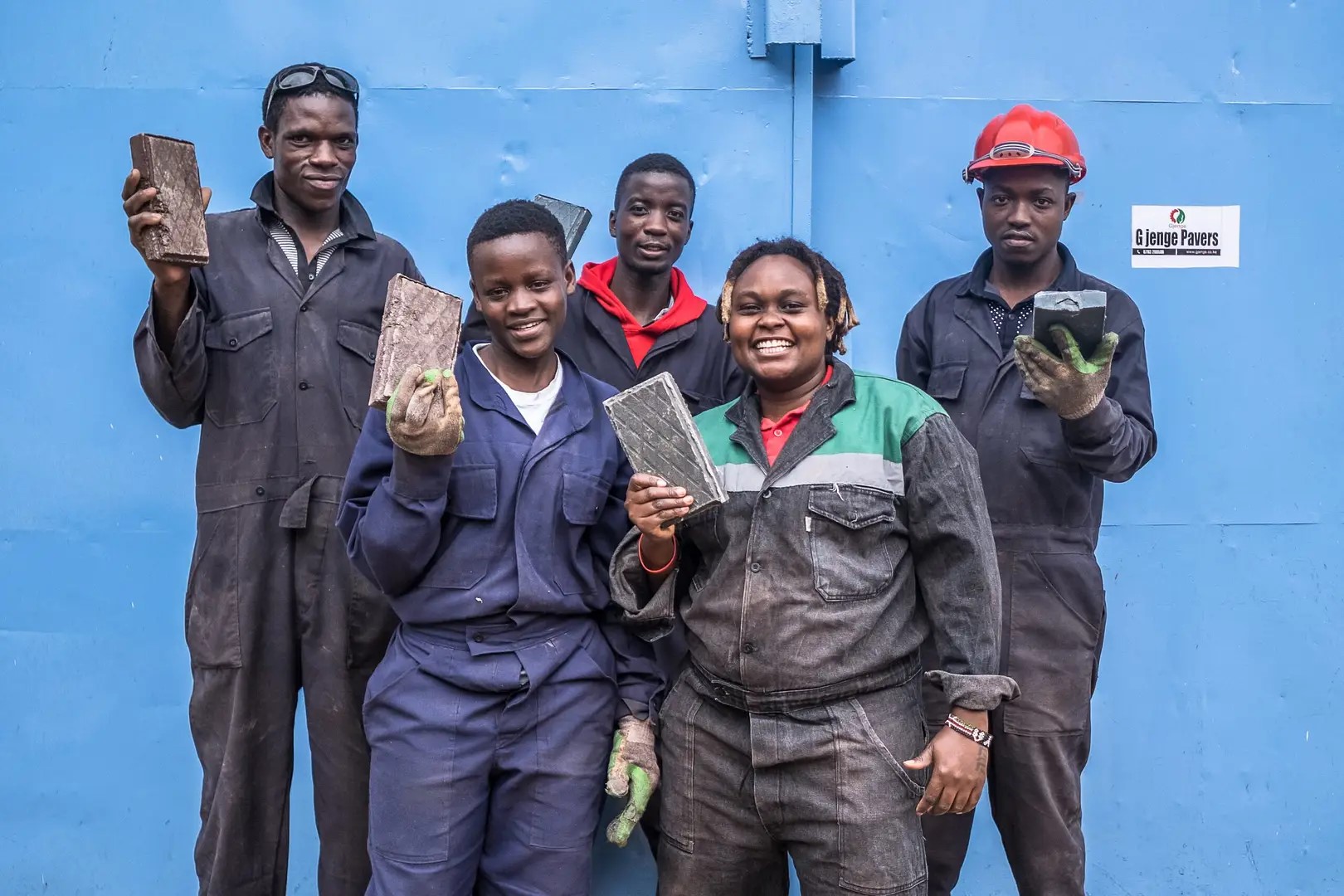Plastic-sand Composite Pavers
Sustainable building materials & equipment
Addressing plastic waste pollution while providing sustainable building materials for urban development.
Contact

Gjenge Makers Limited
Company Established Year
Who is this solution for
Info
Available

Project Status
Looking to expand internationally
Doing business in
Awards
Kenya Bureau of Standards Certification
Certified product quality and performance standards for composite pavers.
UN Environment Programme Young Champions of the Earth – Africa
Recognized Nzambi Matee’s innovation turning plastic waste into durable pavers.
The Index Project Award Nominee – Community Category
Nominated for sustainable, community-focused building solutions from recycled plastics.
Product description
Plastic-sand Composite Pavers by Gjenge Makers offer a groundbreaking solution to the dual challenges of plastic waste pollution and sustainable urban development. By blending shredded plastic waste with sand and utilizing proprietary machinery, these composite pavers are not only environmentally friendly but also highly durable and versatile.
The innovative production process involves heating and compressing the plastic-sand mixture to create lightweight yet robust pavers suitable for various applications. The fibrous plastic structure provides exceptional compression strength, surpassing traditional concrete blocks. With a range of colors and formats available, from heavy-duty for vehicular traffic to light-duty for pedestrian areas, these pavers cater to diverse urban design needs.
What sets Gjenge Makers' solution apart is its self-sustaining and low-maintenance production process. By using locally-sourced plastic waste and efficient machinery, the company can produce up to 1,500 blocks per day, contributing to both environmental conservation and economic sustainability.
These composite pavers not only divert plastic from landfills but also offer cost-effectiveness, color customization, and long-term durability. They are particularly well-suited for sustainable urban development projects in African communities and beyond, where the need for eco-friendly building materials is paramount.
Key characteristics and environmental benefits
- Utilizes shredded plastic waste and sand to create durable composite pavers
- Offers a range of colors and formats for various urban development applications
- Production process is self-sustaining, low-maintenance, and powered by locally-sourced waste
- Provides cost-effective, long-lasting alternative to traditional concrete blocks
- Contributes to environmental conservation by diverting plastic from landfills
- Ideal for sustainable urban development projects in African communities and beyond
About the Company
Ask about Plastic-sand Composite Pavers
Hi there! I’m here to help you quickly understand what this green solution is about — without needing to read the full page.
You can ask me things like:
- What problem does it solve?
- How does it help the environment?
- What makes it different?
Let’s explore together!
You can try asking:
Oops, it seems like you're not a member.
Sign up! It's free. You'll be able to read all the articles you like, download PDFs, and get in contact with the respective owners.
Have an account already? Sign in here
